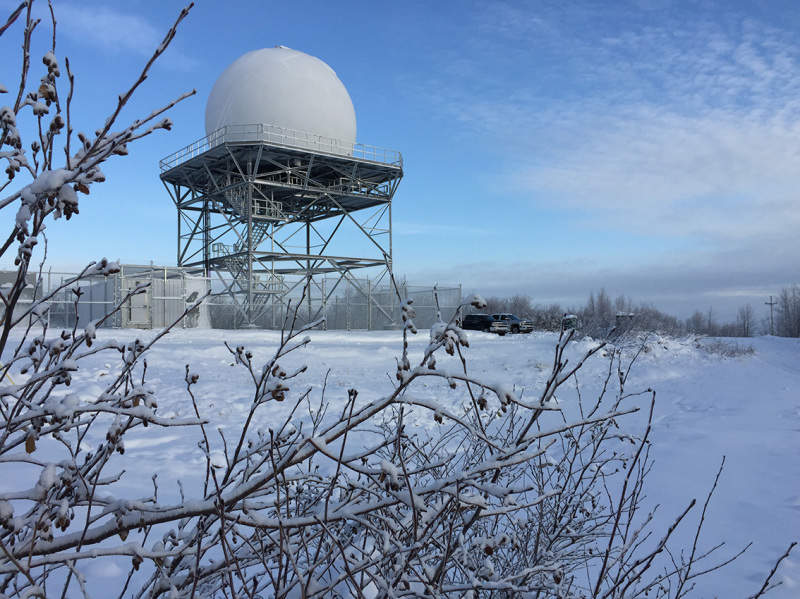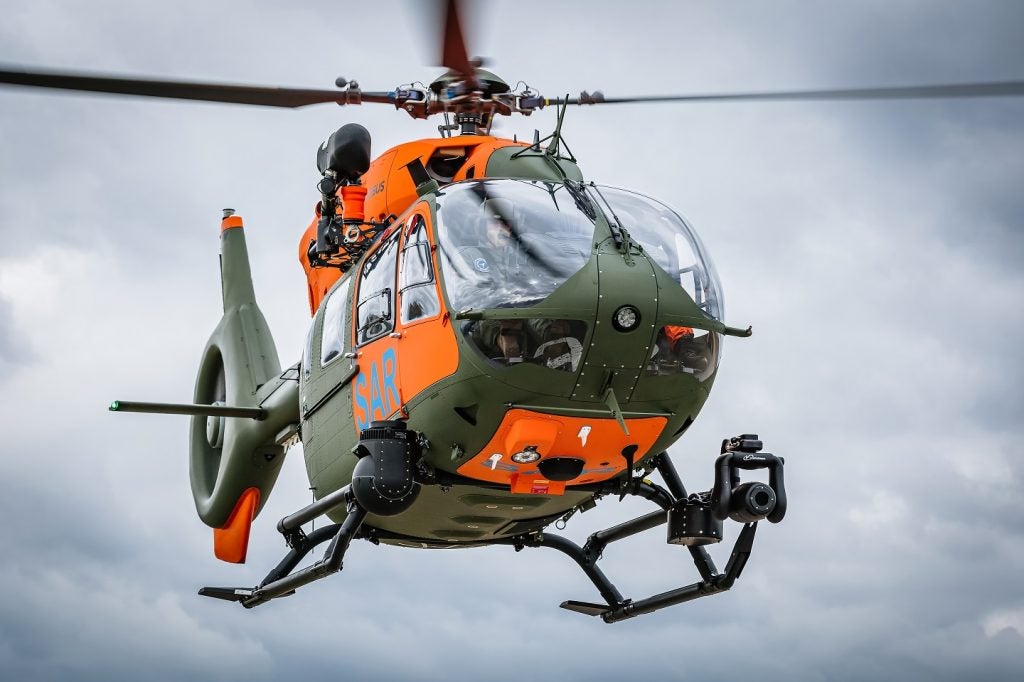

Hensoldt will install new generation airport surveillance radar (ASR) at six military airfields for the Royal Canadian Air Force (RCAF).
The company will install seven ASR systems in total to replace the radars currently used in military air traffic control, as part of a €50m contract awarded by the procurement authority Public Services and Procurement Canada in 2013.
All the radar systems, including one training system, will be delivered by the end of this year.
The ASR systems will be used for approach control at the airfield itself and for airspace surveillance to safely separate military flight movements and civilian air traffic, Hensoldt stated.
Hensoldt CEO Thomas Müller said: "Our ASR offers superior performance in both military and civil air traffic control.
See Also:
"Thus, it guarantees absolute reliability in controlling airspace and ensures that people can travel with utmost safety."
How well do you really know your competitors?
Access the most comprehensive Company Profiles on the market, powered by GlobalData. Save hours of research. Gain competitive edge.

Thank you!
Your download email will arrive shortly
Not ready to buy yet? Download a free sample
We are confident about the unique quality of our Company Profiles. However, we want you to make the most beneficial decision for your business, so we offer a free sample that you can download by submitting the below form
By GlobalDataHensoldt said its radar has successfully passed the fourth Site Acceptance Test.
The ASR, combined with the monopulse secondary surveillance radar (MSSR) 2000I secondary radar, facilitates automatic identification of individual aircraft.
It is in line with the new air traffic control standards Mode 5, Mode S and ADS-B, which are said to improve aircraft identification queries and are currently being introduced in military and civil airspace.
Besides Canada, the MSSR 2000 I secondary radar is currently in service with the naval forces of Germany, France, Norway and Finland for military friend-or-foe identification.
These identification systems are also used in countries such as Germany, France, the US, the UK, Bulgaria and the Philippines for civil and military air traffic control.
Image: An air traffic control building in snow. Photo: courtesy of Hensoldt.






